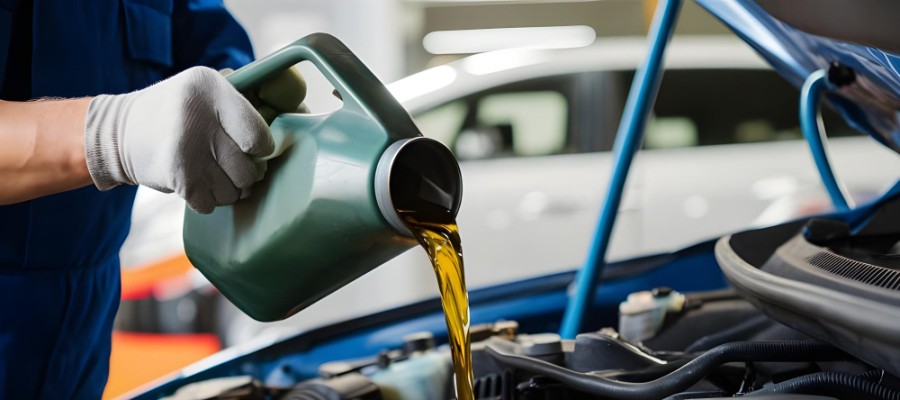


We often see people carelessly disposing of used oil in rivers or other places. However, used vehicle oil is hazardous if disposed of carelessly, as it can damage water quality and ecosystems. In addition, one liter of used oil is estimated to contaminate up to one million liters of clean water. If it seeps into the ground, the oil will contaminate groundwater, which is a source of drinking water and irrigation.
If used oil is carelessly disposed of on the ground, its toxic substances can damage soil fertility, kill plants, and inhibit rainwater infiltration. Used oil also contains hazardous substances such as polyaromatic hydrocarbons (PAHs), which are carcinogenic, corrosive acids, and heavy metals. Exposure to or ingestion of these substances (e.g., through contaminated drinking water) can cause cancer, kidney damage, nerve damage, and damage to other organs.
You need to understand that used oil cannot be treated the same as household waste. This item is classified as hazardous and toxic waste (B3) based on Government Regulation No. 22 of 2021 concerning the Implementation of Environmental Protection and Management, so it requires proper management.
The most important step in disposing of used oil depends on where it is stored. Used oil must be stored in a metal container or unused oil bottle. Once stored, used oil can be sent directly to an oil collector or waste processing plant. If this is difficult, you can go to your nearest repair shop, which will usually be willing to collect used oil for resale.
This is part of vehicle users' responsibility to care for the environment and manage used oil in accordance with applicable regulations to avoid pollution and disease.
Source: CNN Indonesia
<< Back
